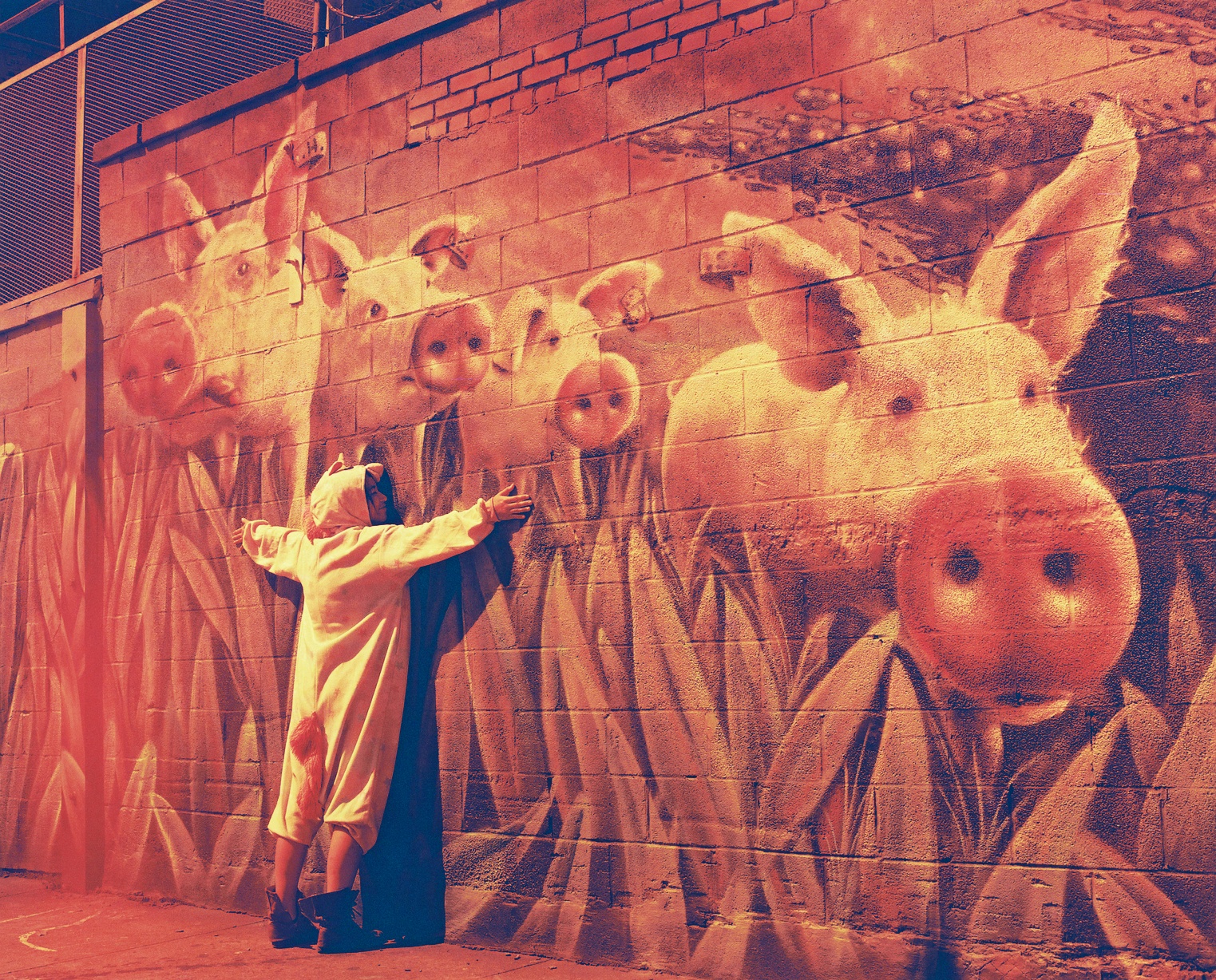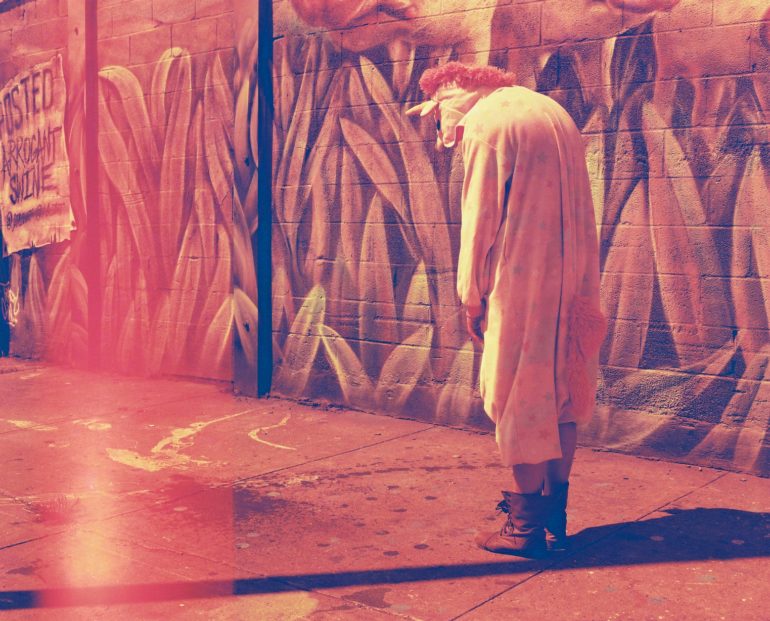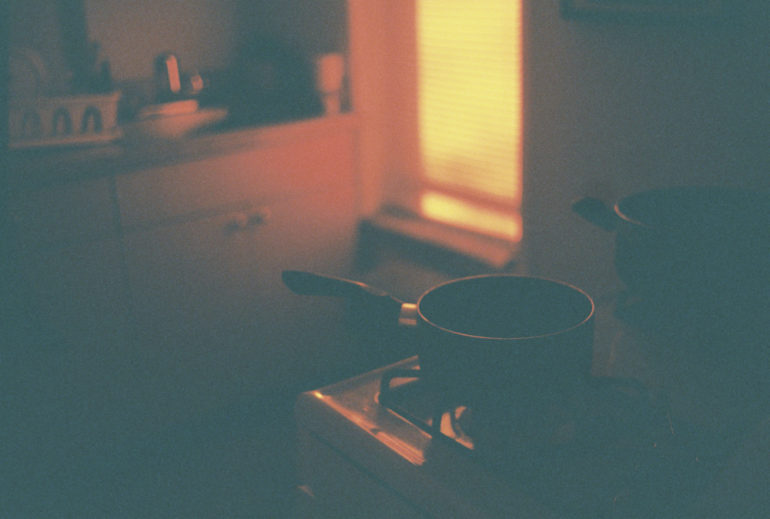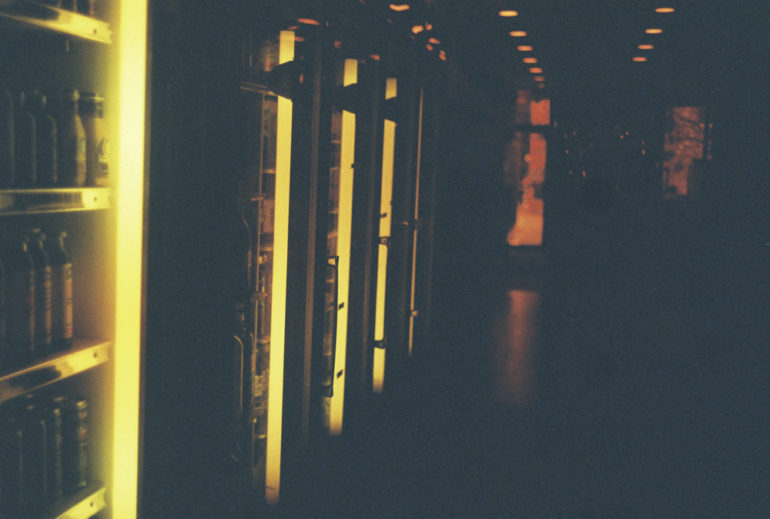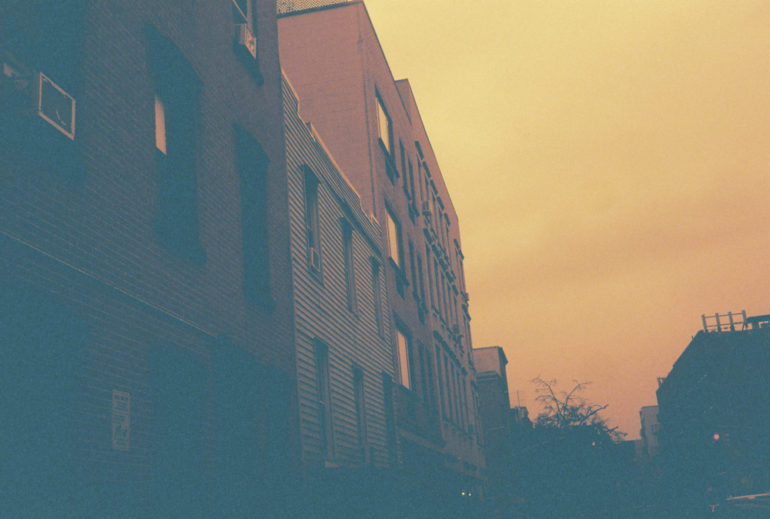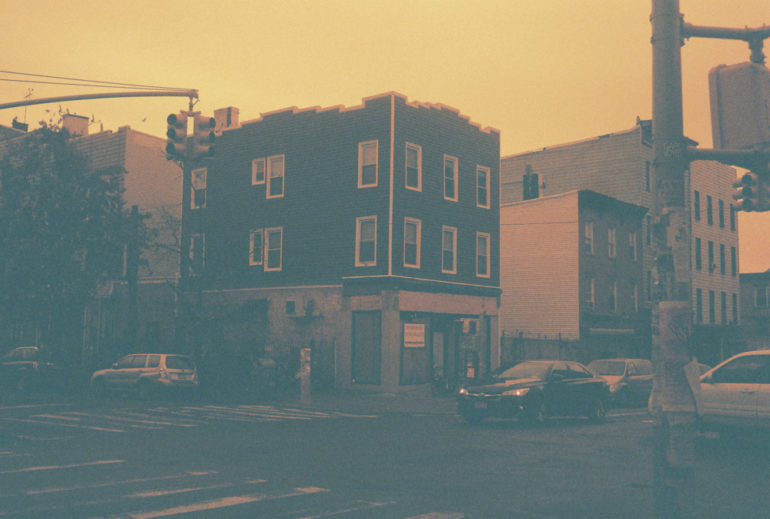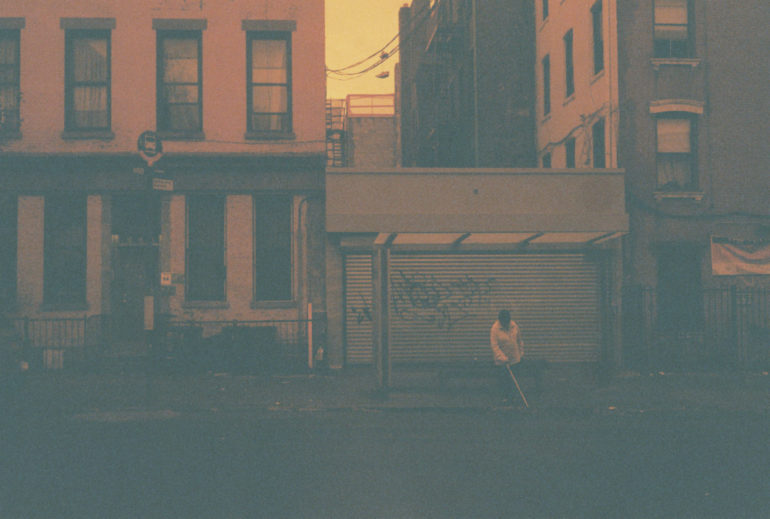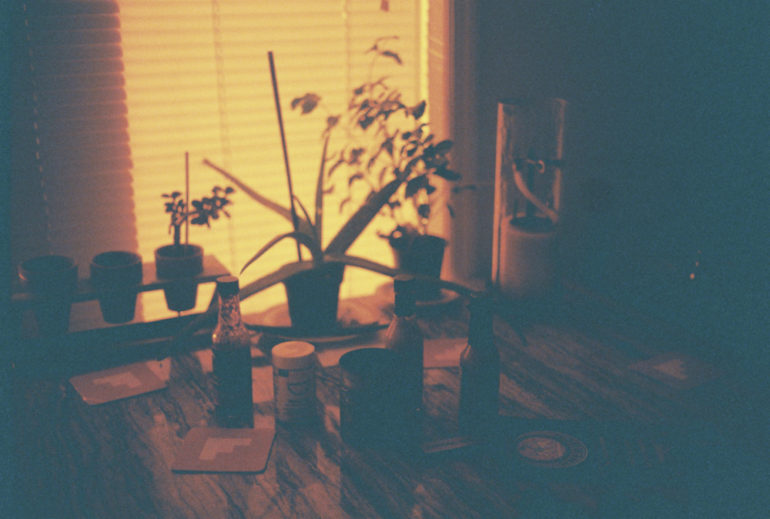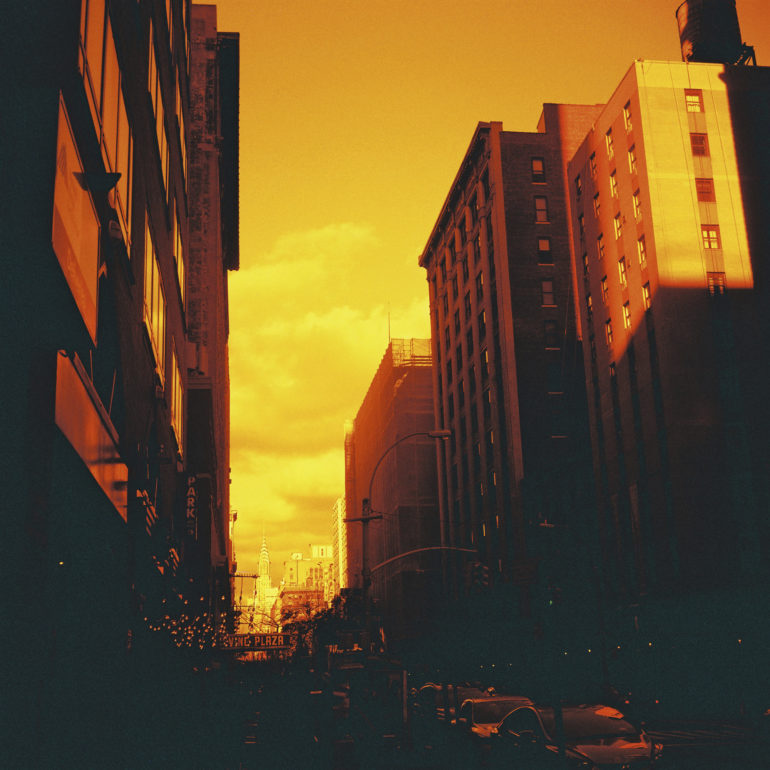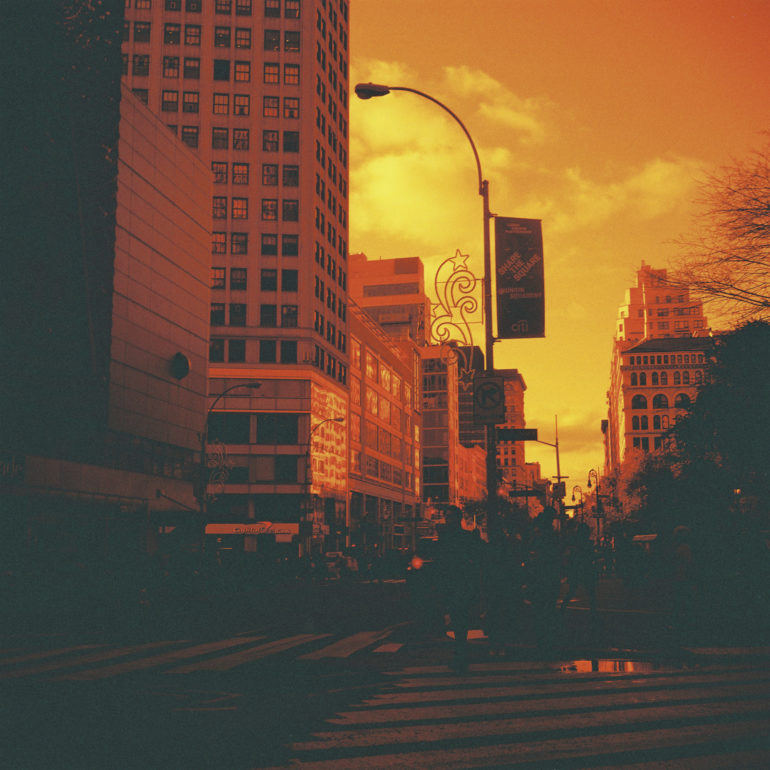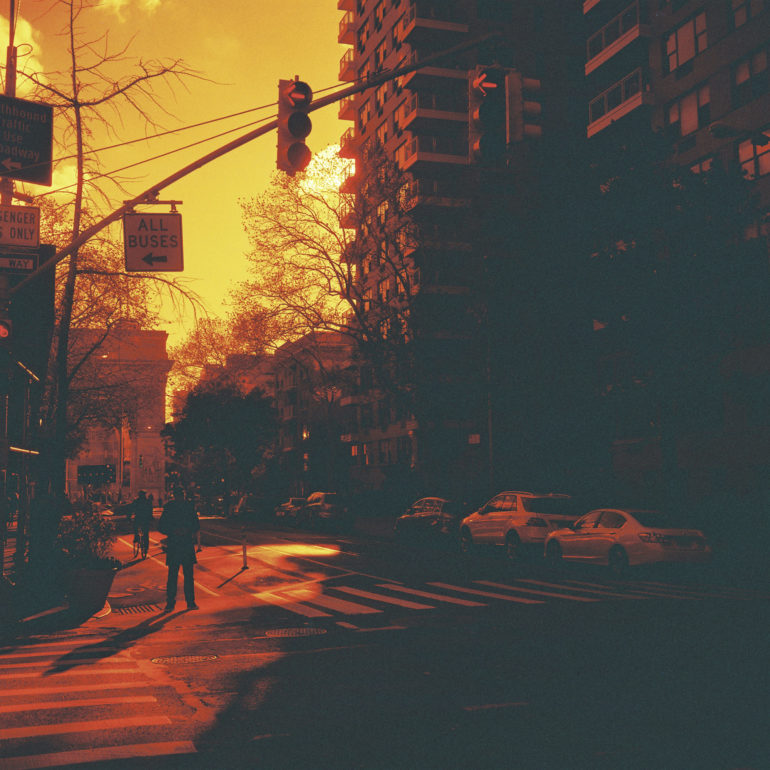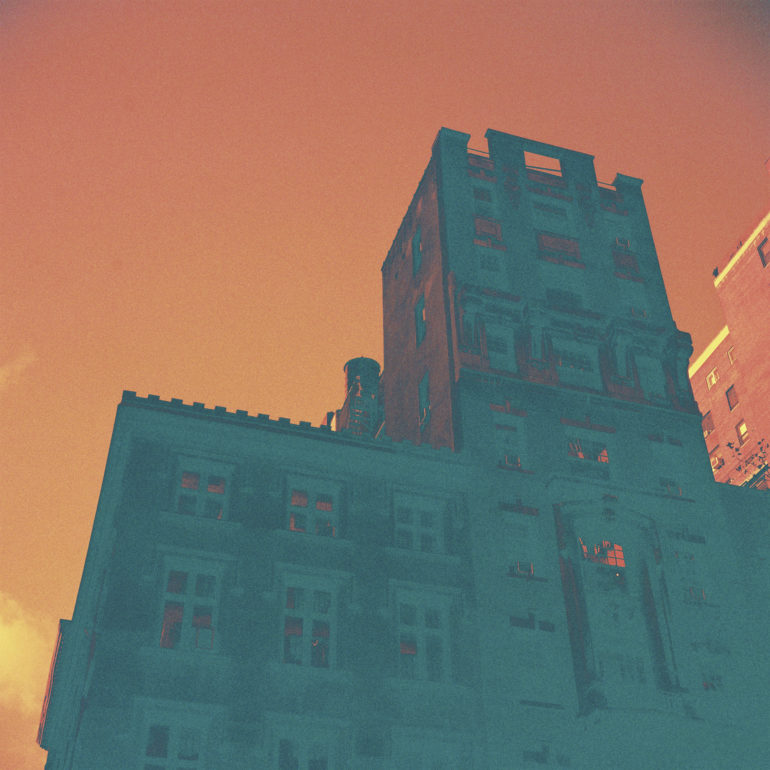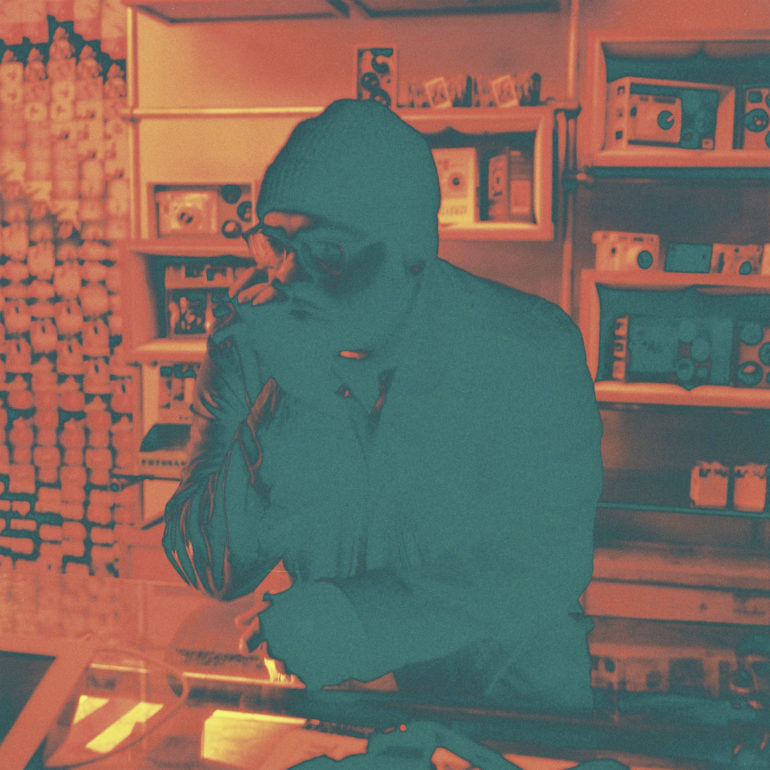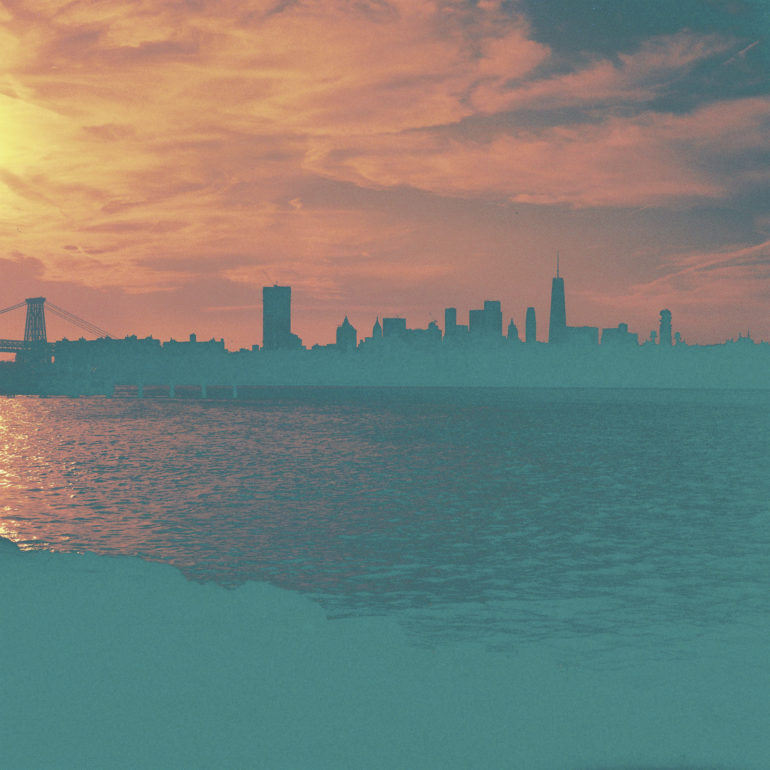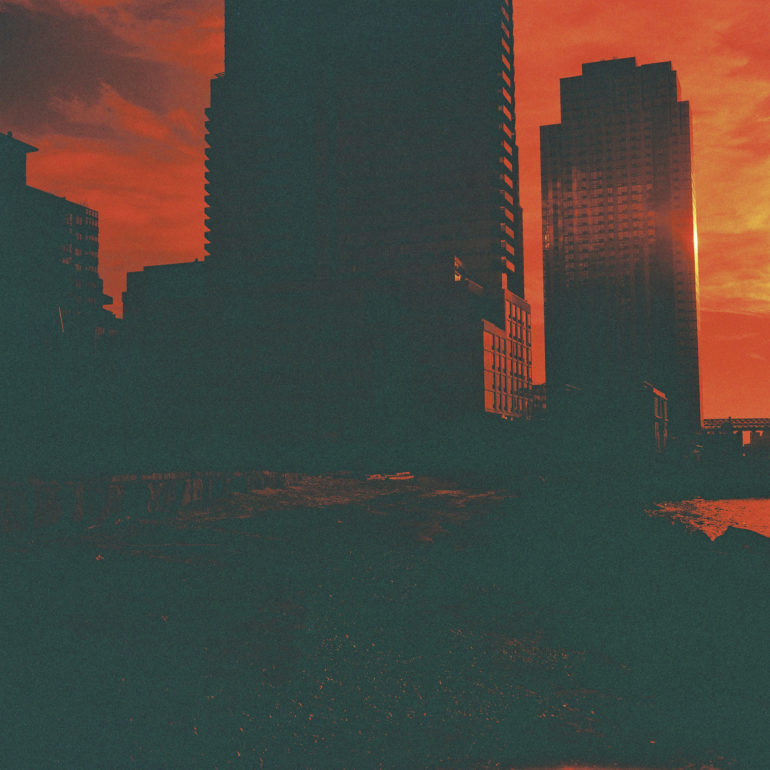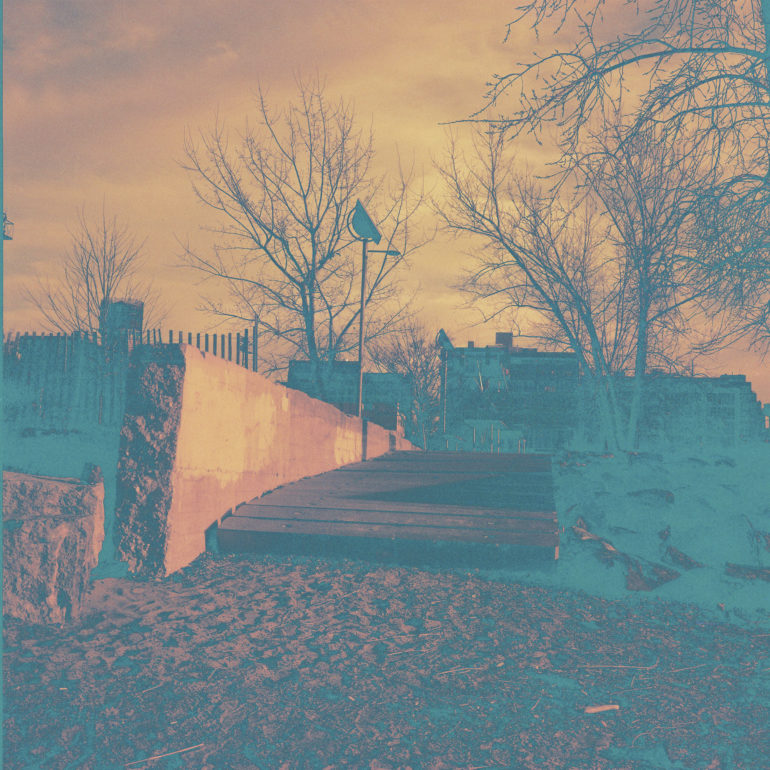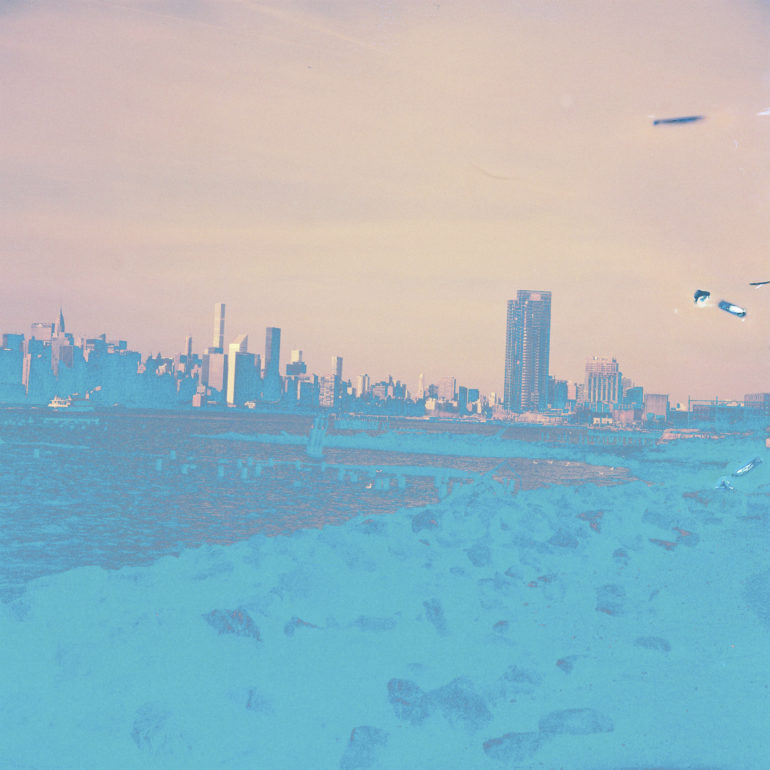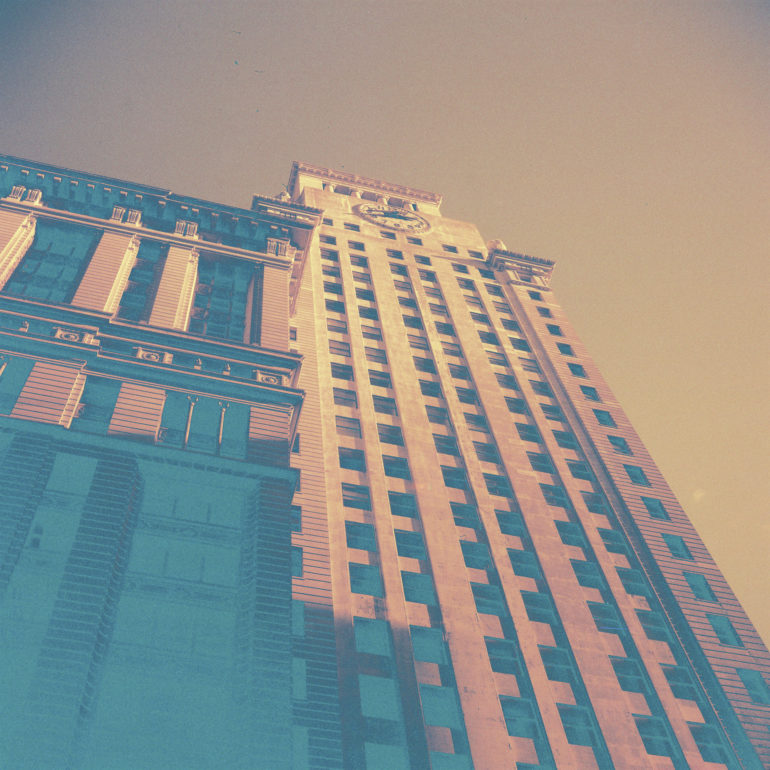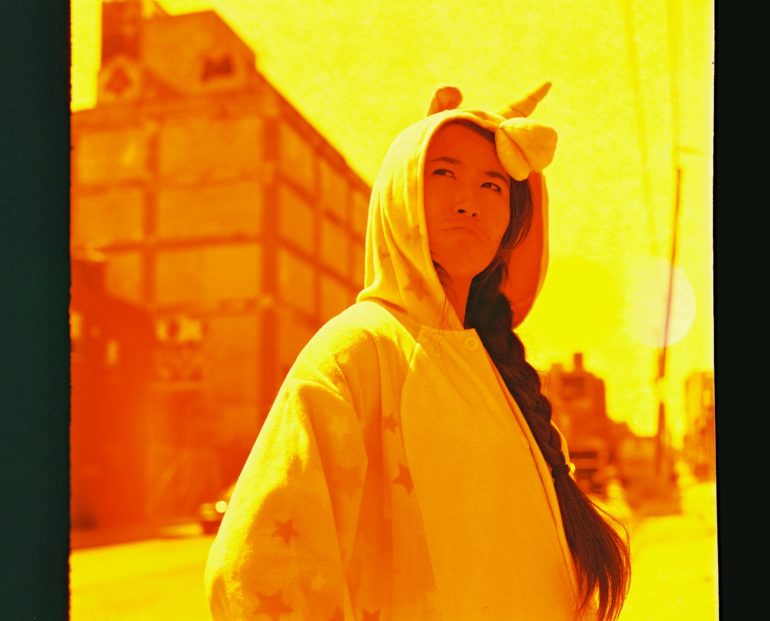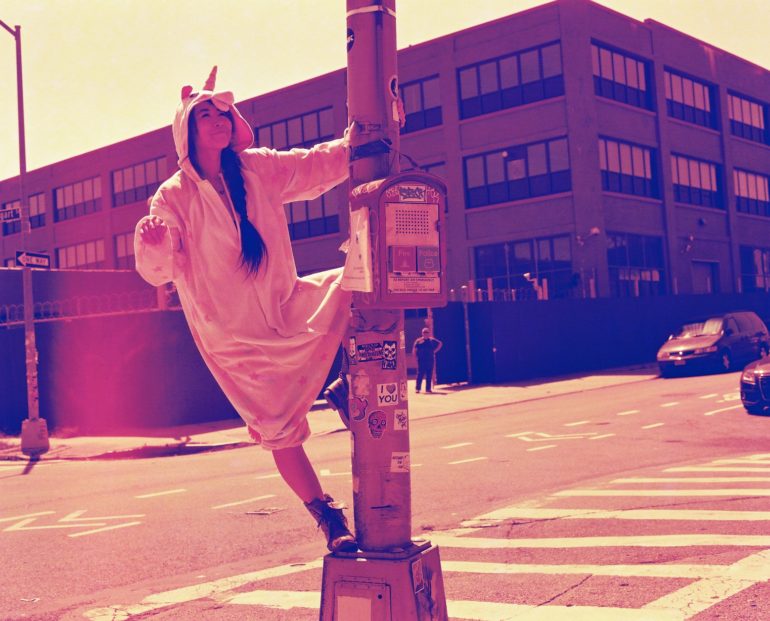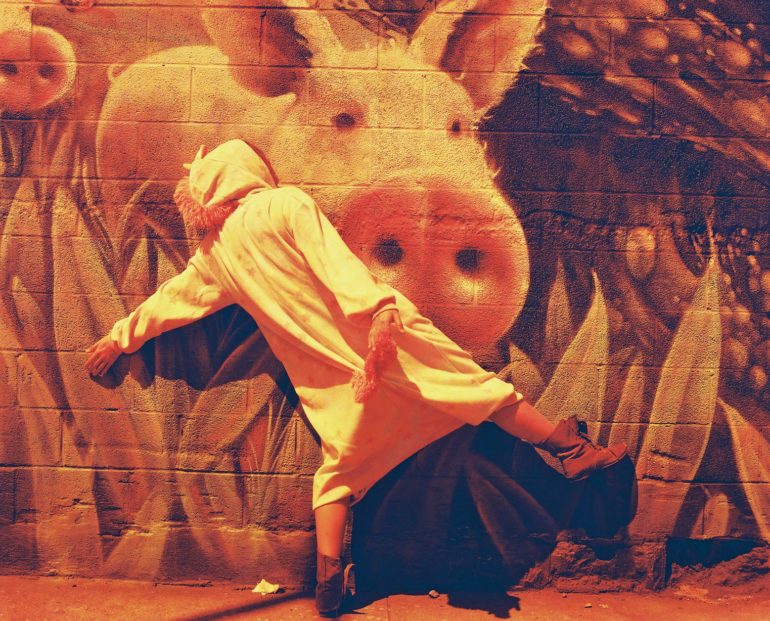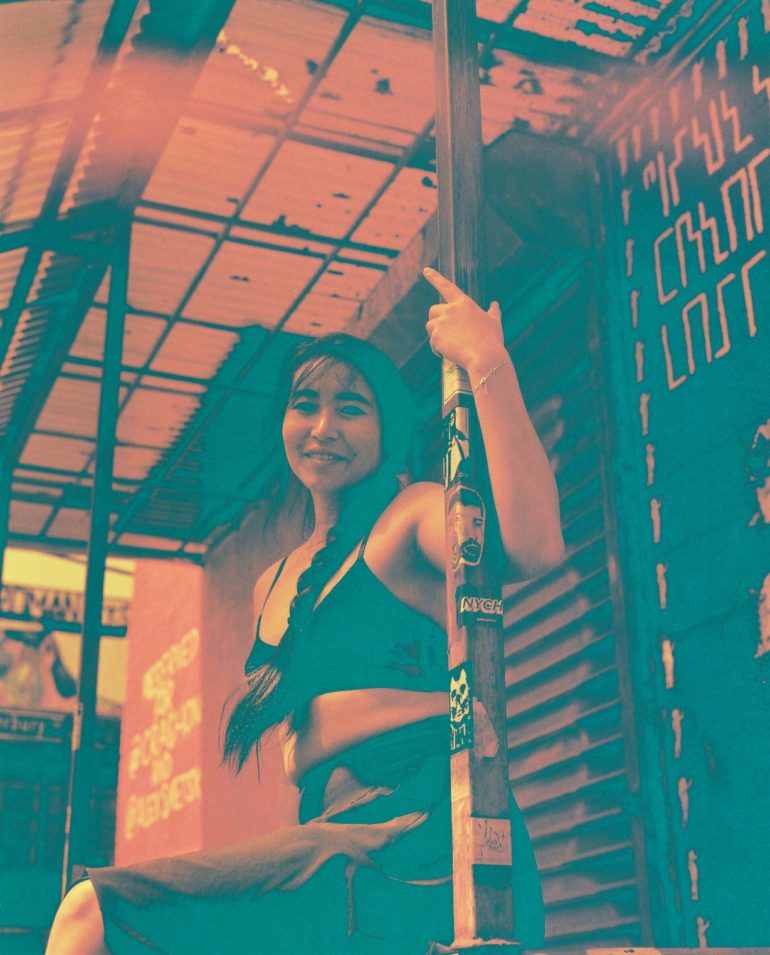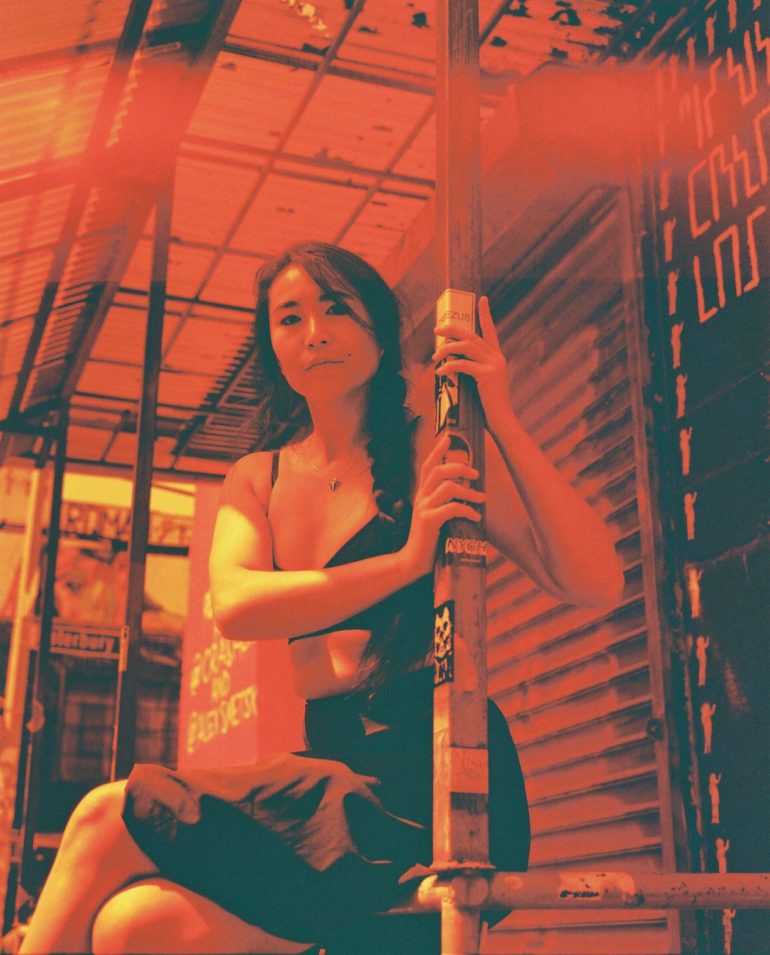Last Updated on 04/25/2018 by Mark Beckenbach
Lomography Redscale XR 50-200 is an odd, but pretty cool film
For years I’ve walked into Lomography’s shop and looked at Redscale XR 50-200 with disdain. I’d wonder why any hipster would want to try something like this! But then I tried it myself, partially out of curiosity, part out of needing to do this review, and part out of just trying to understand it. Lomography Redscale XR 50-200 is a film that you expose anywhere between ISO 200 and 500: the results depend on how you expose the film. Some are more normalized, others more random and super orange tinged. While proper photographers may not love it, ordinary folks think it’s pretty darned cool and fun.
Perhaps that’s all this film was developed for.
Gear Used
We tested Lomography Redscale XR 50-200 with the Leica M4P, 7Artisans 50mm f1.1, Mamiya RB67, and the Mamiya 80mm f3.5 lens.
Tech Specs
Specs taken from Lomography’s listing. Lomography also generously developed and scanned some of the film.
Technical Specifications
- For use with 35mm cameras
- ISO 50-200
- Washes your images with red, orange, and yellow colors—the trademark redscale look 35mm film format
- C-41 processing
Additional Information
| SKU | f136xr3 |
| Brand | Lomography |
| Development | C41 Color Negative Processing |
| Film Type | Negative |
| ISO | 50-200 |
| Exposures | 36 |
| Pack Size | 3 |
Ease of Use
As a film in and of itself, Lomography Redscale XR 50-200 is straightforward to use. The absolute best practice is to expose the entire roll the same way. So unlike Ilford XP2 Super, you’re locking in the ISO at anywhere between ISO 50 and 200. The more light you give the film, the less the red effect seems to come through. If you put corrective filters on your lens, you probably would be able to neutralize the red effect if you wish. But in that case, you may as well just shoot something like Kodak Portra 400 or Kodak Portra 160 because your images are going to be really warm anyway. With certain films like Lomography’s X Pro film, putting a UV filter on the lens helps to negate the super saturated and warm effects.
Lomography’s website shows a lot of random photos shot with the film, but I decided to try it out shooting not only random things, but also on a photo shoot and other things. I think in order to really make Lomography Redscale XR 50-200 shine, you need to have content in your scene where it makes sense. So in my case, the super ridiculous stuff is what makes sense. Either way, this film needs a lot of light. I didn’t shoot it with a flash, but because of the nature of the film, I’m not sure that I would.
In this case, I want to think the film would lend itself to being experimented with. For example, souping the film would probably give really interesting results and would add more of its quirky quality.
I hear some of you even as I write this, calling this film complete rubbish. But I think that part of shooting analog is the fact that we have so much more versatility in-camera than digital has given us thus far.
Image Quality
As stated before, the shorter your exposures are, the more red and orange the film results will be. But the longer your exposures are, the more normalized they’ll look. With that said, I can’t really call these normalized at all. I didn’t make prints from the film simply because I just felt it to be too odd overall. But what you should also note is that at times the film seems to make highlights really orange and shadows really blue–or at least that’s what comes through in scans.
Sound familiar? Yeah, that’s a pretty popular look. In most cases, I too would think that it’s pretty weird.
As it is, I sort of enjoy the natural cross-processish look of the film but I’d only use it in certain situations.
Conclusions
Being incredibly honest and transparent, this is a weird film. Going through Flickr, I wasn’t able to find a lot of people using the film and the results that are there all appear very similar to mine. Can this look be mimicked digitally? Probably. And in that case I’d probably say this is a film that you can pass on. But if you want to try it, go ahead and check it out on Amazon.


